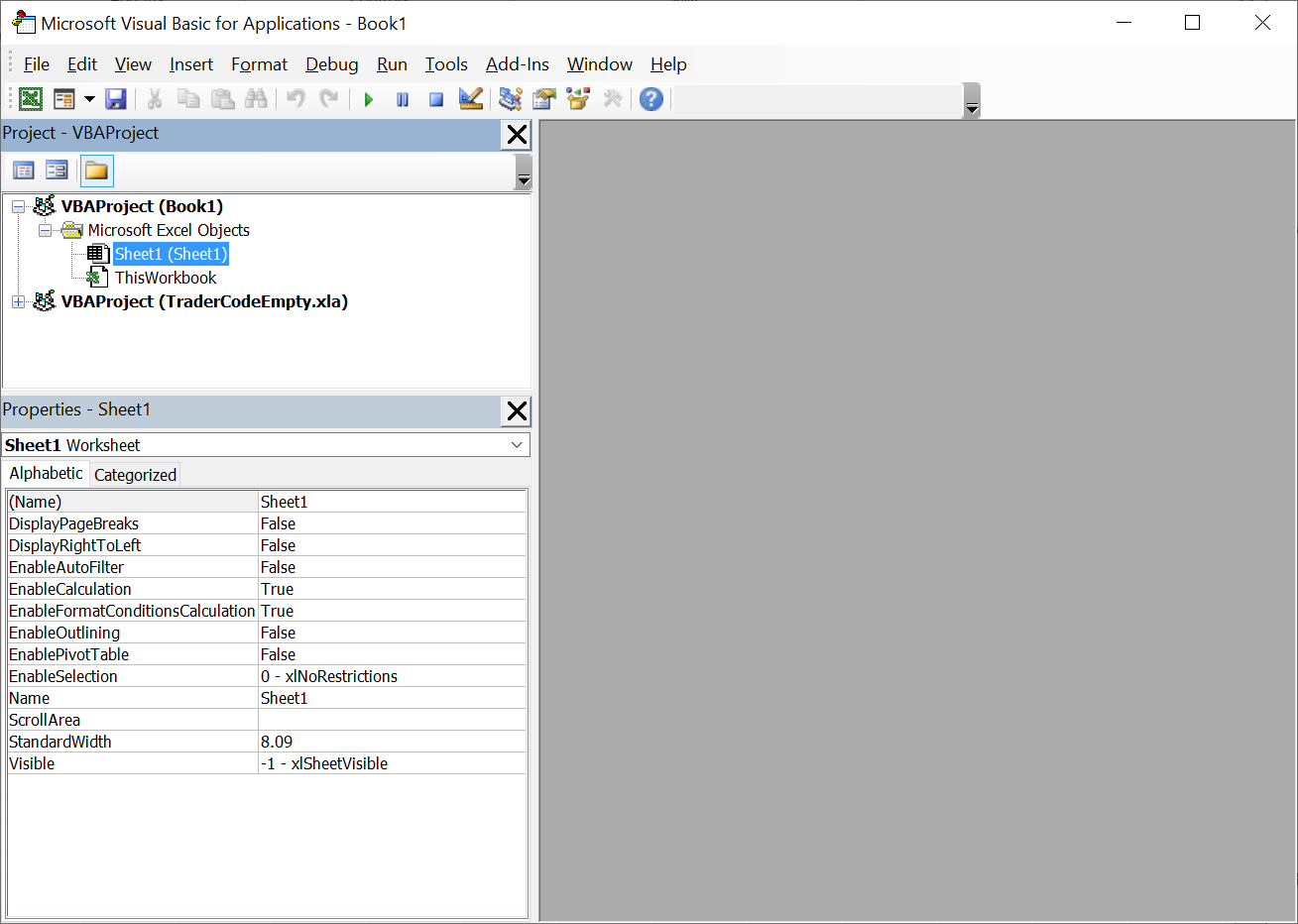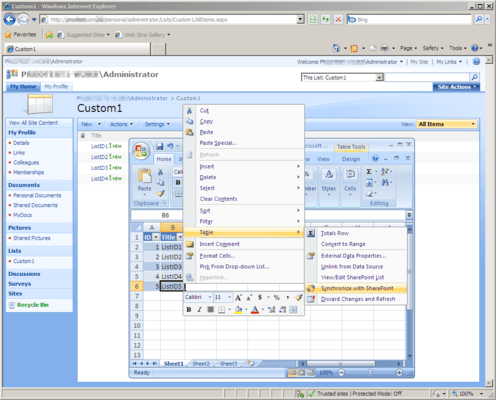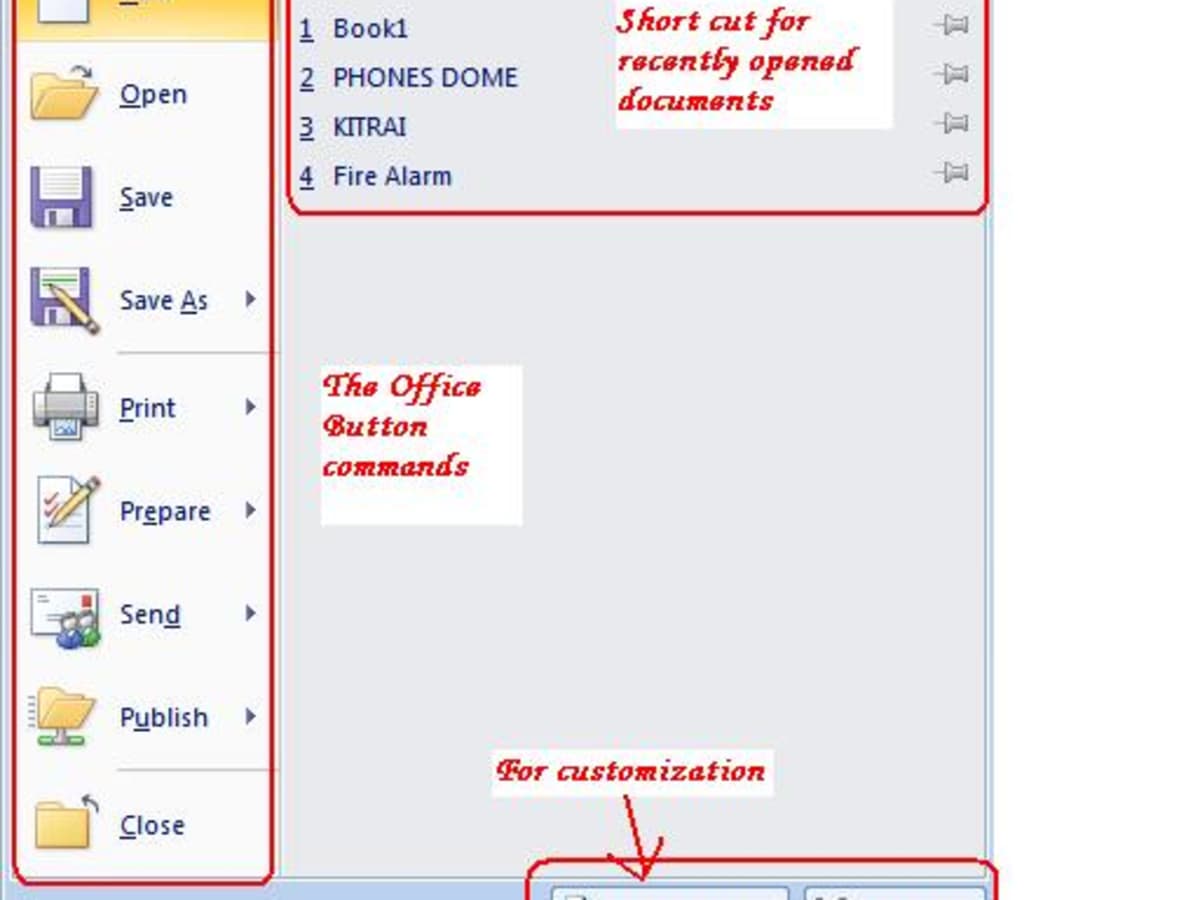

- APPLICATION OF MICROSOFT EXCEL 2007 HOW TO
- APPLICATION OF MICROSOFT EXCEL 2007 SOFTWARE LICENSE
- APPLICATION OF MICROSOFT EXCEL 2007 INSTALL
- APPLICATION OF MICROSOFT EXCEL 2007 CODE
To activate from Excel, Word, PowerPoint, and Access:Ĭlick the Microsoft Office Button > Options > Activate Microsoft Office. You’ll need to activate Office to keep your Office programs working fully.
APPLICATION OF MICROSOFT EXCEL 2007 SOFTWARE LICENSE
Read and accept the Microsoft Software License Terms, and then click Continue.įollow the prompts and after Office installs, click Close. If you need help, see Find your Product Key for Office 2007. You can find the product key on the sticker on the CD case or other packaging. If the setup wizard doesn’t start automatically, navigate to the CD drive and click SETUP.EXE. Insert your Office 2007 CD into the drive.

APPLICATION OF MICROSOFT EXCEL 2007 INSTALL
If you still need to install this version, you'll need an Office 2007 installation disc and a product key for the version you're trying to install.
APPLICATION OF MICROSOFT EXCEL 2007 CODE
In the macro code you entered in Step 9, change the macro to: Sub test()Important: Office 2007 is no longer supported. To programmatically turn off the event handler, do the following: Excel has the ability to generate random numbers from zero to one or from pre-selected number ranges. This article is based on legacy software. If you close the workbook that contains the above project, the application-level event handler will be turned off. (Archives) Microsoft Excel 2007: Getting a Random Sample. A message box with "you resized a window" will be displayed. On the File menu, click Close and Return to Microsoft Excel.

You have just set the event handler to run each time you resize a workbook window in Microsoft Excel. In this module sheet, enter the following code: Dim myobject As New Class1 On the Insert menu click Module to insert a general type module sheet into your project. A WithEvents variable is just like any other object variable - you have to create an object and assign a reference to the object to the WithEvents variable. This happens because when you declare a variable, WithEvents, at design time, there is no object associated with it. Next, you have to create an instance of the class and then set the appevent object of the instance of the Class1 to Application. Private Sub appevent_WindowResize(ByVal Wb As Excel.Workbook, _ This will add the following to the Class1 (Code) module sheet: Private Sub appevent_WindowResize(ByVal Wb As Excel.Workbook, _Īdd code to the Class1 (Code) module sheet so that it appears as follows: Public WithEvents appevent As Application In the Class1 (Code) module window, click the Procedure drop-down and then click WindowResize in the list. In the Class1 (Code) module window, click the Object drop-down and then click appevent in the list. The WithEvents keyword makes the appevent variable available in the Object drop-down in the Class1 (Code) module window. This will insert a module titled " - Class1 (Code)" into your project.Įnter the following line of code in the Class1 (Code) module: Public WithEvents appevent As Application

In Microsoft Office Excel 2007, click Visual Basic in the Code group on the Developer tab.Ĭlick Class Module on the Insert menu. On the Tools menu, point to Macro, and then click Visual Basic Editor. Creating and Initiating the Event Handler The following example uses these steps to set up a global event handler that displays a message box whenever you resize any workbook window (the event firing the event handler).
APPLICATION OF MICROSOFT EXCEL 2007 HOW TO
This article describes how to create an Application-level event handler and provides an example. Event handlers for the Application object are global, which means that as long as Microsoft Excel is open, the event handler will run when the appropriate event occurs, regardless of which workbook is active when the event occurs. If you want a particular event handler to run whenever a certain event is triggered, you can write an event handler for the Application object. For more information about this change, read this blog post. Office 365 ProPlus is being renamed to Microsoft 365 Apps for enterprise.


 0 kommentar(er)
0 kommentar(er)
